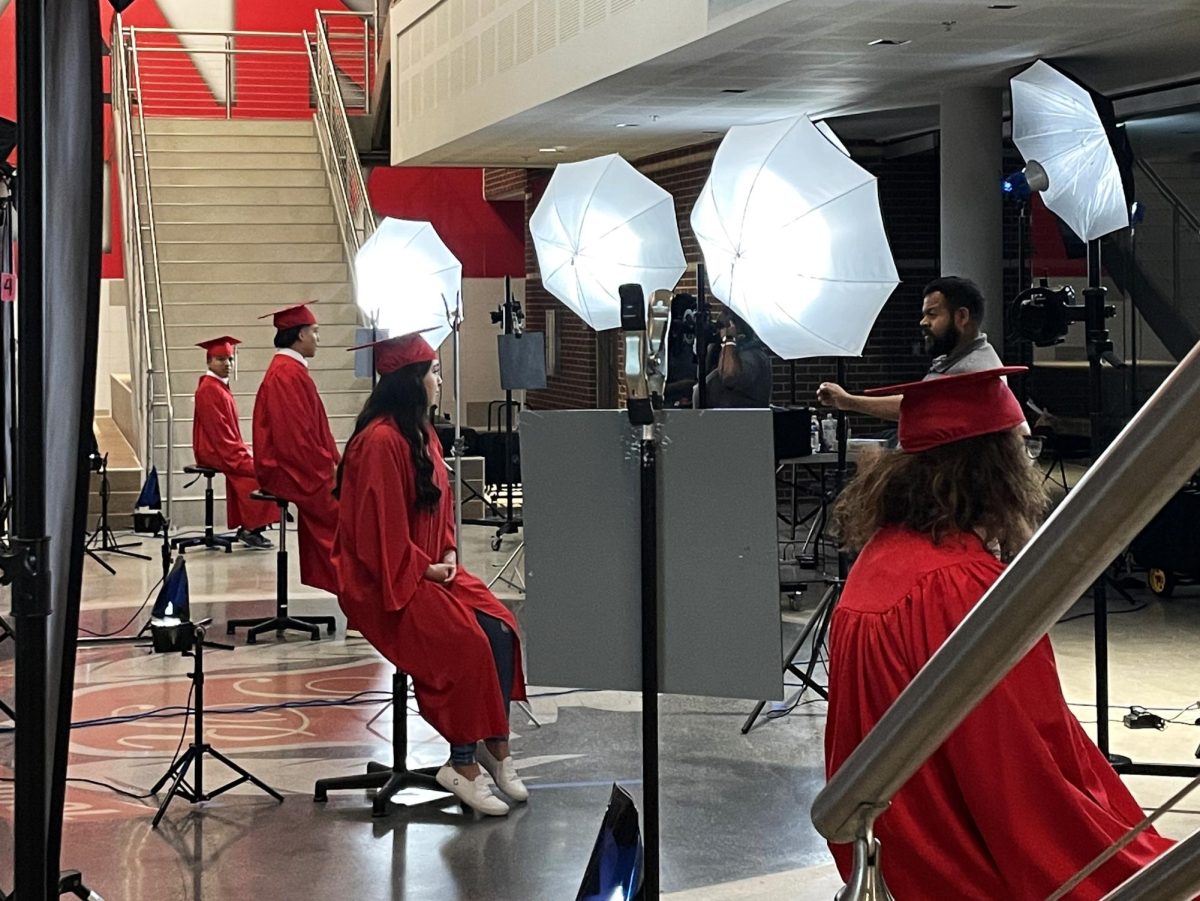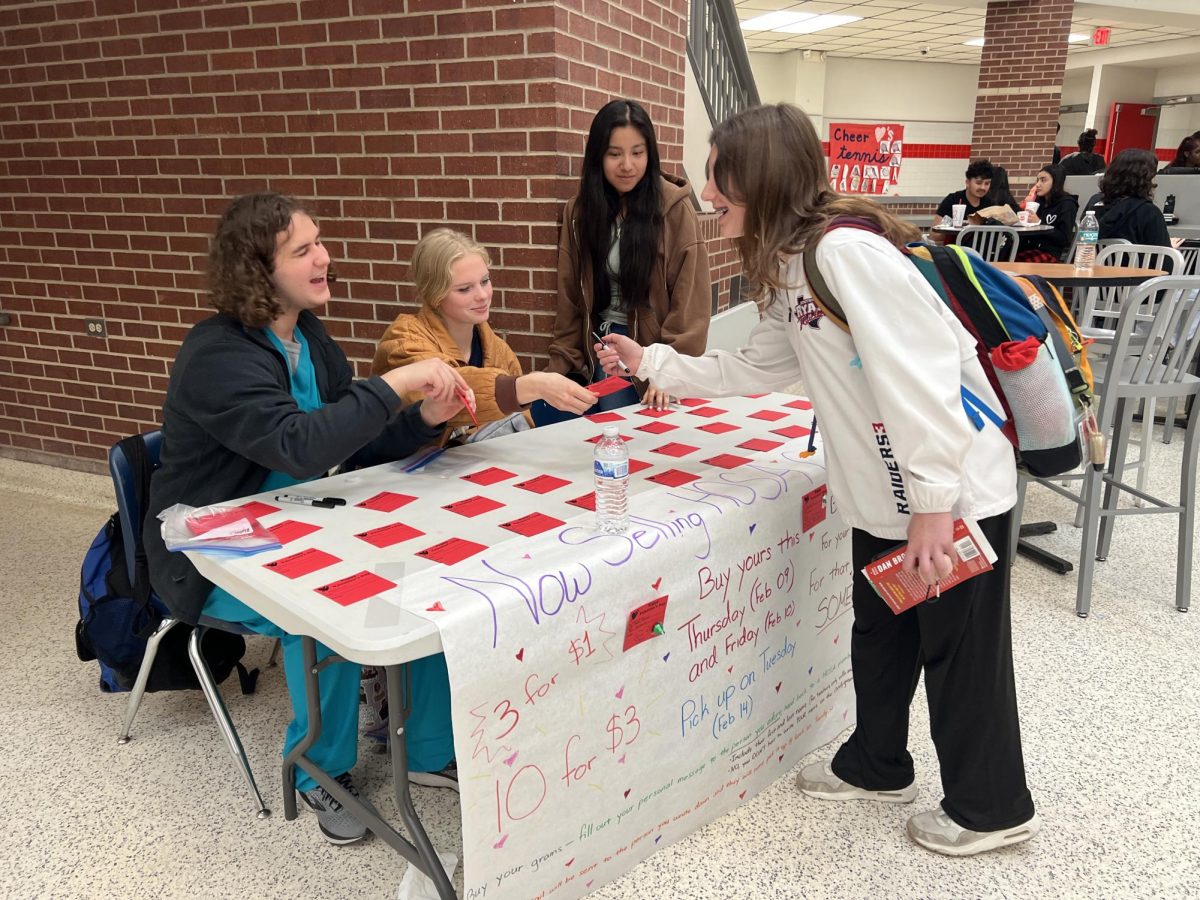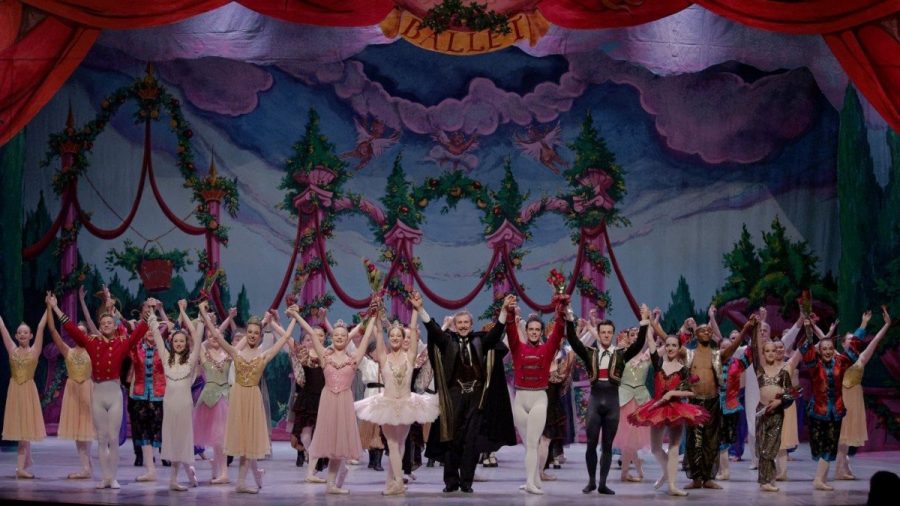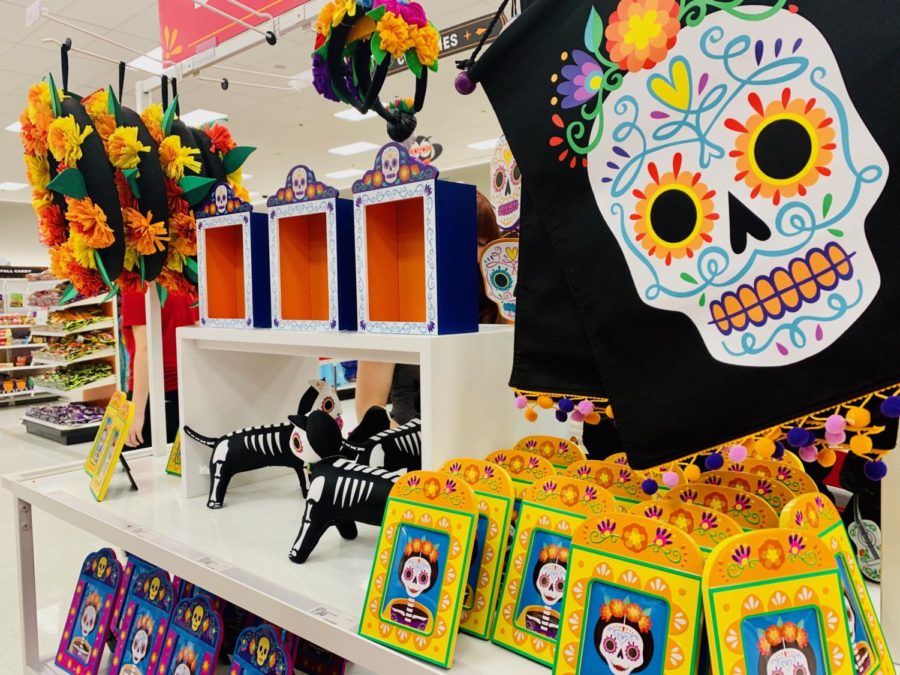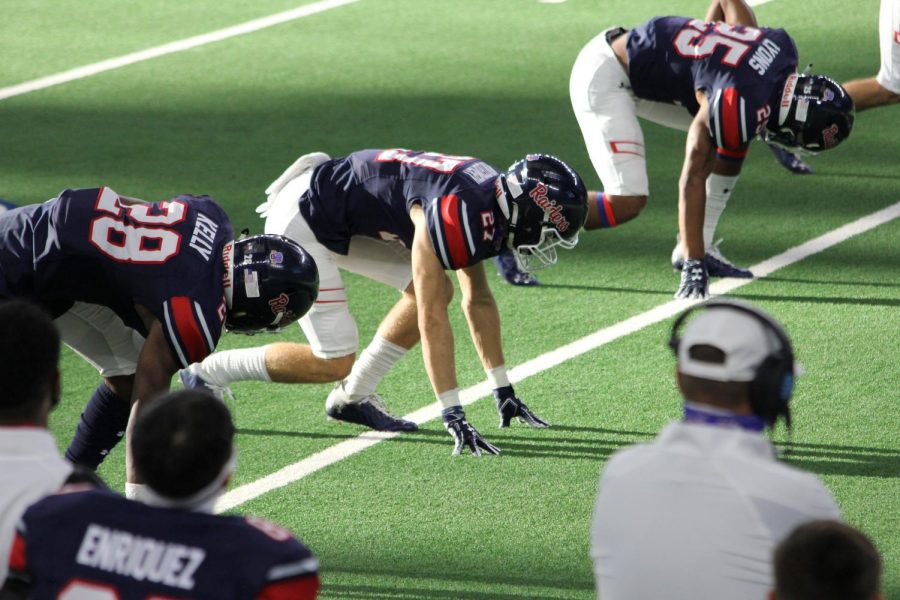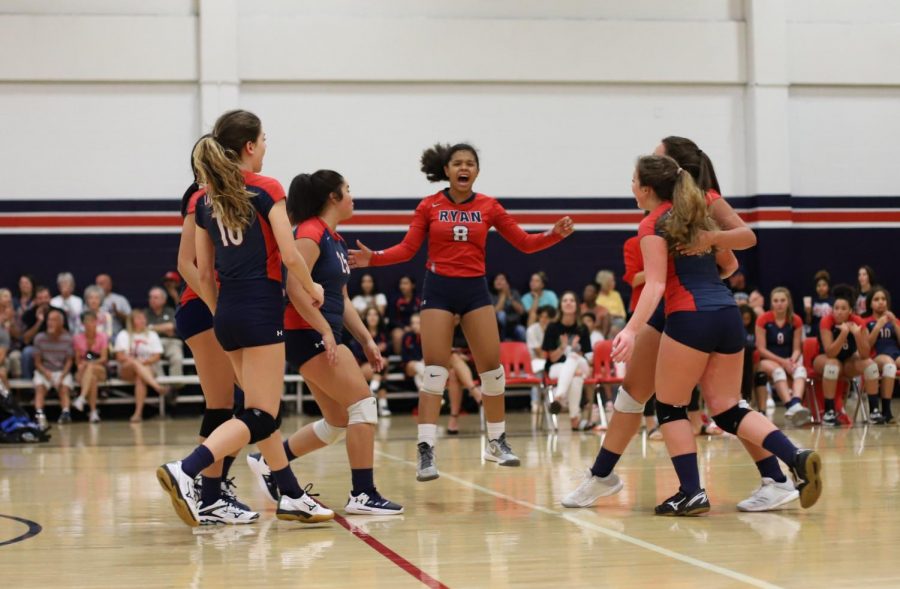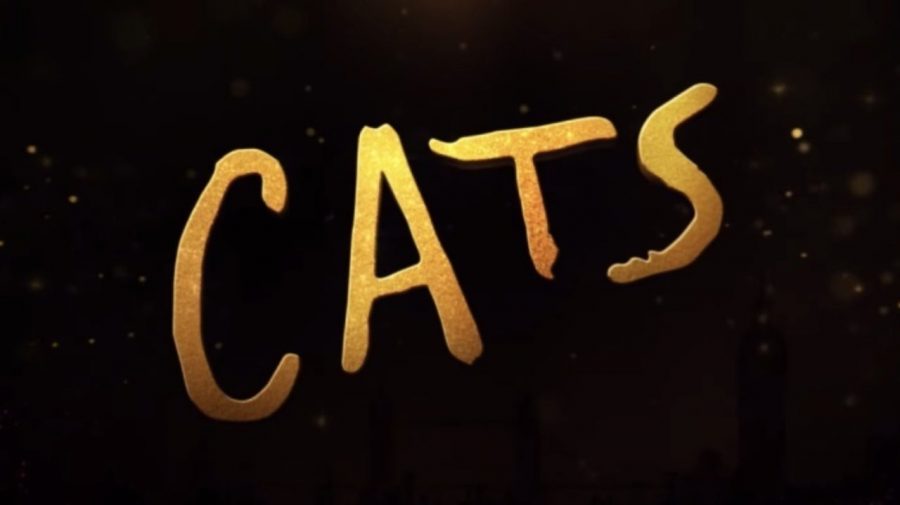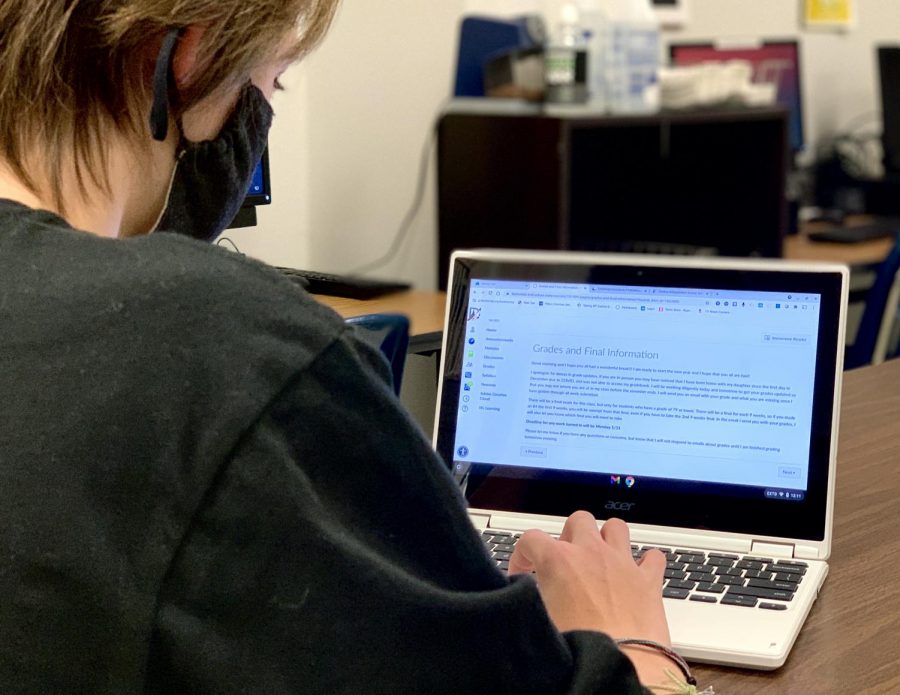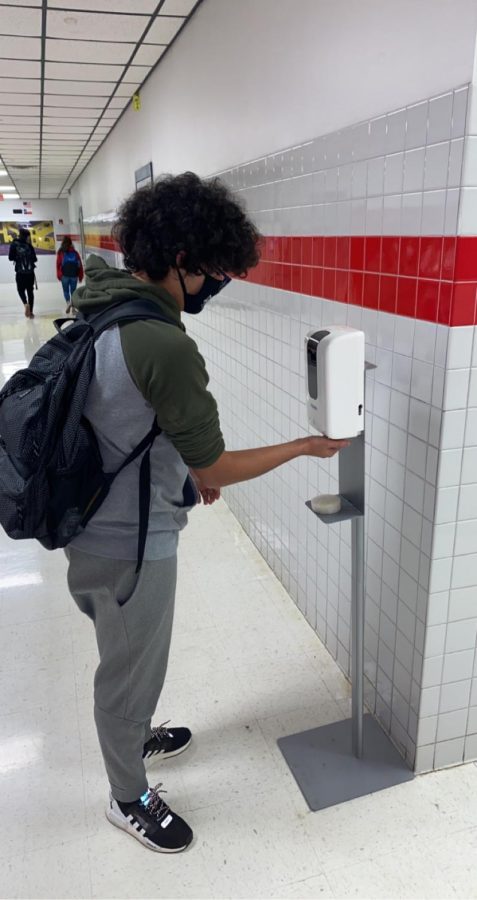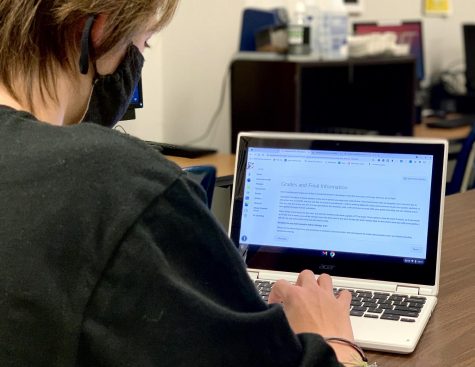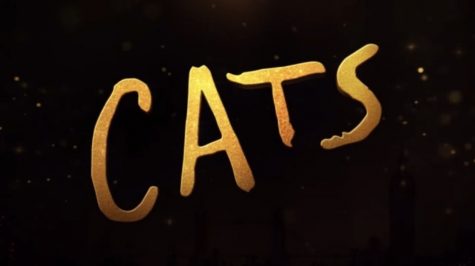Thanksgiving: Holiday of remembrance turned inclusive celebration
Thanksgiving, one of America’s oldest and most beloved holidays. While there aren’t as many songs or movies or merchandise centered around Thanksgiving compared to other holidays such as Christmas or Halloween, Thanksgiving has remained one of our country’s staple traditions. Not because it is super enticing or flashy (other than the food) , but because it is an opportunity for everyone to truly take time to appreciate all that they have and come together in gratitude. However, like most other historic traditions, Thanksgiving has had to change quite a bit to become the nationally celebrated holiday it is.
The story of Thanksgiving, as anyone who has made it through first grade knows, is a seemingly heart-warming tale of brave pilgrims who set out to find a new home, and are welcomed with open arms by the wise and benevolent Native Americans. It is the perfect story for cute elementary school plays where the children make hats out of paper to act out the first Thanksgiving feast as their parents wait with the camera ready for their child’s line. Unfortunately, the reality isn’t as simple as this cute little story.
Diving into every detailed misconception or myth about the history of the pilgrims and their journey, and their interactions with the native people of the land could probably be its own article, so for now we can just go over the key truths about the story.
The most important thing that we need to realize is that while the actual feast was a cooperative celebration between the two vastly different peoples, this does not represent the entire relationship between the Native Americans and the European settlers. People, especially children, are often taught about how wonderful this celebration was, but aren’t really educated about how badly the Native Americans were treated throughout pretty much all of our nation’s history.
Thanksgiving should not be something that masks the real history of the Native Americans and clings to this false narrative, but instead it should continue becoming less about one specific culture, but just about the general spirit of appreciation and family. In a quote from an article by Delish, Sean Sherman puts it beautifully by stating, “The thing is, we do not need the poisonous ‘pilgrims and Indians’ narrative. We do not need that illusion of past unity to actually unite people today. Instead, we can focus simply on values that apply to everybody: togetherness, generosity and gratitude.
For much of early American History, Thanksgiving was not a true holiday, and instead was only quietly celebrated in certain areas by certain people. It wasn’t until the peak of the civil war that Thanksgiving was declared a national holiday by Abraham Lincoln due to the work of a woman named Sarah Josepha Hale, who is regarded by many as “The Mother of Thanksgiving”. The holiday was used as a way to try and unify the nation during this very turbulent time and give people the opportunity to appreciate each other despite the current conflict. However, during and for a long time after Thanksgiving became a national holiday, it still mostly focused on giving descendants of the pilgrims an opportunity to celebrate their ancestors, and celebrating Christianity, meaning that it still excluded much of the country.
In the 1900’s, Thanksgiving started becoming less of a serious celebration of the pilgrims and American history, and became more advertised and marketed to everyone. For example, in 1924, the first Macy’s Thanksgiving parade was held, which led to more focus on retail and advertising for different companies and groups. In 1939, during the Great Depression, Franklin D. Roosevelt changed the date of Thanksgiving to increase sales and generate more retail.
These changes that made Thanksgiving less of a serious and solemn day of remembrance and more of a fun and celebratory holiday which was used for advertising and marketing, allowed more people to be included in the celebration. Before, if you weren’t white or a Christian, you couldn’t really relate to anything the holiday stood for or celebrated. However, as big companies brought more attention to the holiday, the focus moved away from history and religion, and people who previously did not really have an opportunity to be involved with the holiday could now adopt it into their own lives. This also caused the general message to change, and now emphasizes just the general importance of giving thanks.
This current type of Thanksgiving, where many people just focus on the food, the fall decorations, the parades, and the football games, might sound shallow and fake compared to the original Thanksgiving, but in reality, it accomplishes so much more. It unifies us through traditions that are open to everyone, and open to variety and innovation. People can relate to each other by discussing their traditions, and it allows them to appreciate and learn about each other.
Thanksgiving is not usually a person’s favorite holiday, but hopefully as it continues to change and develop, people will start to appreciate and love it more and more.



